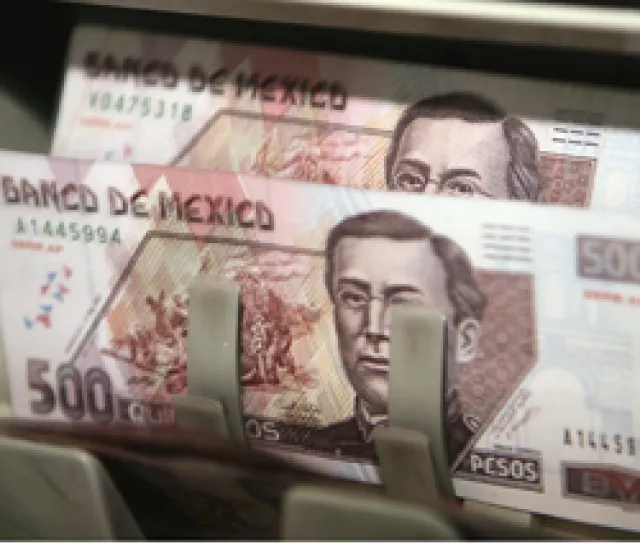First it was BRIC – the canonization of Brazil, Russia, India and China as the next dynamic markets to invest in. Then came CIVETS – Colombia, Indonesia, Vietnam, Egypt, Turkey and South Africa – the emerging markets that some analysts predicted where the action would be next. Now it’s MIST – Mexico, Indonesia, South Korea and Turkey — the next tier of large emerging economies.
Jim O’Neill, Goldman Sachs’ head of Asset Management told his clients in January that Mexico, Indonesia, South Korea and Turkey are all experiencing rapid economic growth, that each now accounts for more than 1 percent of global GDP in nominal terms and that low interest rates in the advanced economies warrant a shift in capital. It isn’t as if investors should pool all their assets and immigrate to these countries – the overall conditions don’t necessarily warrant such a move – but it may be the appropriate time for a strategic asset shift.
Not everyone is as confident. The recent political instability in Tunisia and Egypt has dampened investor confidence. “I think it is a market that has a lot of growth potential but I would not touch any emerging country with a 20-foot pole right now,” says Nicolas Lenoir, chief market strategist for ICAP Futures. “If I am right this thing is going to correct easily 30 percent in the not so distant future. What started in the past few weeks abroad is a major development.”
There is still some confusion as to how these four disparate countries all fit together. But analysts point to O’Neill’s timely calling for capital realignment to BRIC markets at a time when global investors were wary of the U.S. and Western Europe and looking for new opportunities. Subsequently all of these countries experienced significant inflows of capital and a huge spike in their economies. In 2010 foreign direct investments into the BRIC countries amounted to $194.6 billion, slightly higher than the $194.2 billion in 2009 but far short of the record $269.1billion in 2008.
“Countries such as South Korea and Indonesia have learned their lessons from the recent financial crisis. They are afraid of going back,” says Richard Kim, who follows Asian markets for Auerbach & Grayson & Co, a New York broker dealer that specializes in global stocks. “They are finding they can grow on their own without the leverage and financial engineering that precipitated the crisis.”
South Korea, for example, is not only experiencing rapid economic growth, says Kim, it has become one of the more dominant performers in the region. It is priced more reasonably than Japan – a p-e of 11 compared to Japan’s 18 p-e. And its growth rate is also higher. The South Korean economy grew 6.1 percent in 2010, an eight-year record high, 50 percent higher than Japan’s.
Significantly, South Korea’s two dominant companies -- Samsung and Hyundai – are technologically advanced, positioned in the right products and continue to diversify into high growth areas. And with Samsung and Hyundai as anchors, other companies also are performing well. Perhaps most important, South Korean companies are strongly positioned in the healthcare sector with competitive biosimilars and biotech product pipelines.
But perhaps the most compelling reason to invest in South Korea is the benefits from a possible reunification, says Kim. What you’ll be getting is an expanded labor pool and an expanded population base of nearly $80 million. The benefits from reunification will far outweigh the costs. “It’s all a matter of managing the expectations.”
Turkey is also ripe for investment, notes Ugur Sarman, who follows Turkish Equities for Auerbach & Grayson. The country has brought inflation, which at one point was in triple digits, under control.The Central Bank’s inflation target for 2011 is 5.5 percent.
Banking, which was hit hard by the financial crisis in 1999, has recovered. It is strictly regulated and better capitalized. Most importantly the stock market yielded a 25 percent return last year.
The investment choices within MIST economies are still limited, says Sarman. But for those that are willing to buy and hold, the returns can be significant. Moreover, Turkey has shown that is willing to be financially self-reliant by turning down an offer from the IMF.
MIST is probably another Goldman market edict. But in comparison to the developed markets and the emerging markets, Mexico, Indonesia, South Korea and Turkey look decidedly attractive. They have brought inflation under control, the banking systems have undergone significant reforms and are subject to controls to prevent a repeat of the problems they faced during the global financial crisis.
The MIST countries still are relatively a small part of the MSCI -- about 5 percent of the total index -- and any asset shift will probably not dramatically change returns, says Kim. But that was what they said about India, China and Brazil till the late 1990s.






